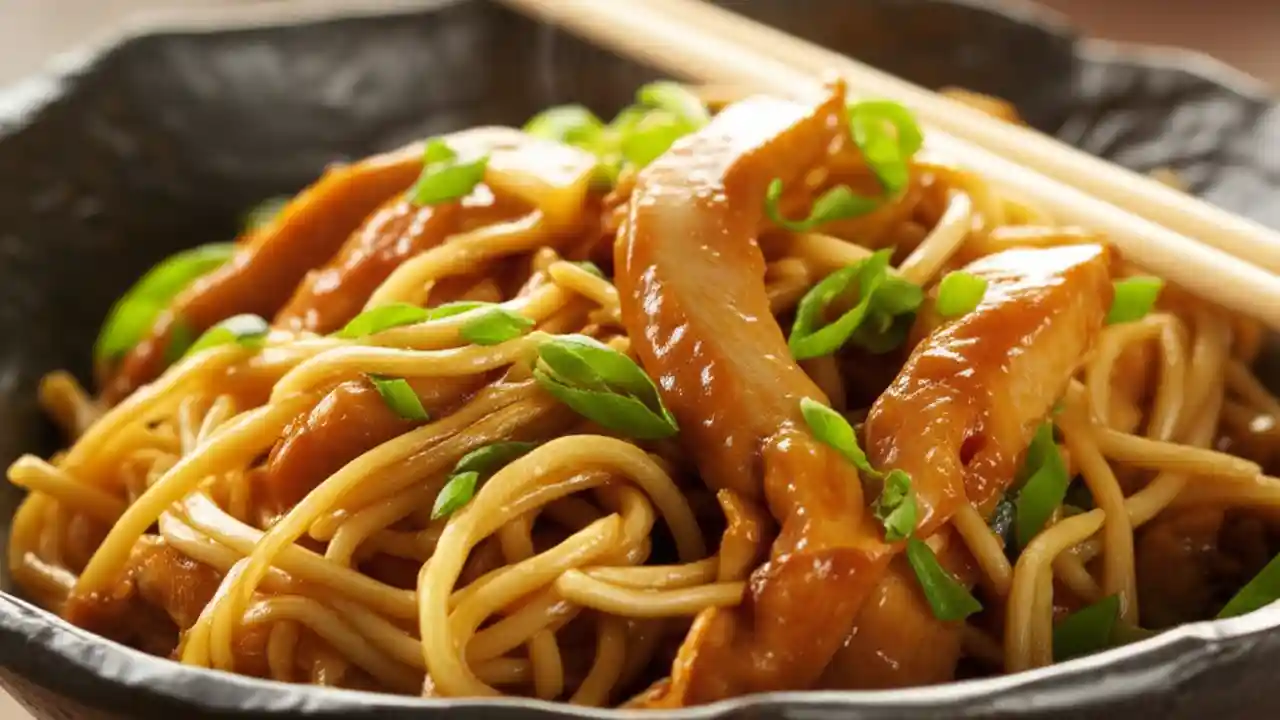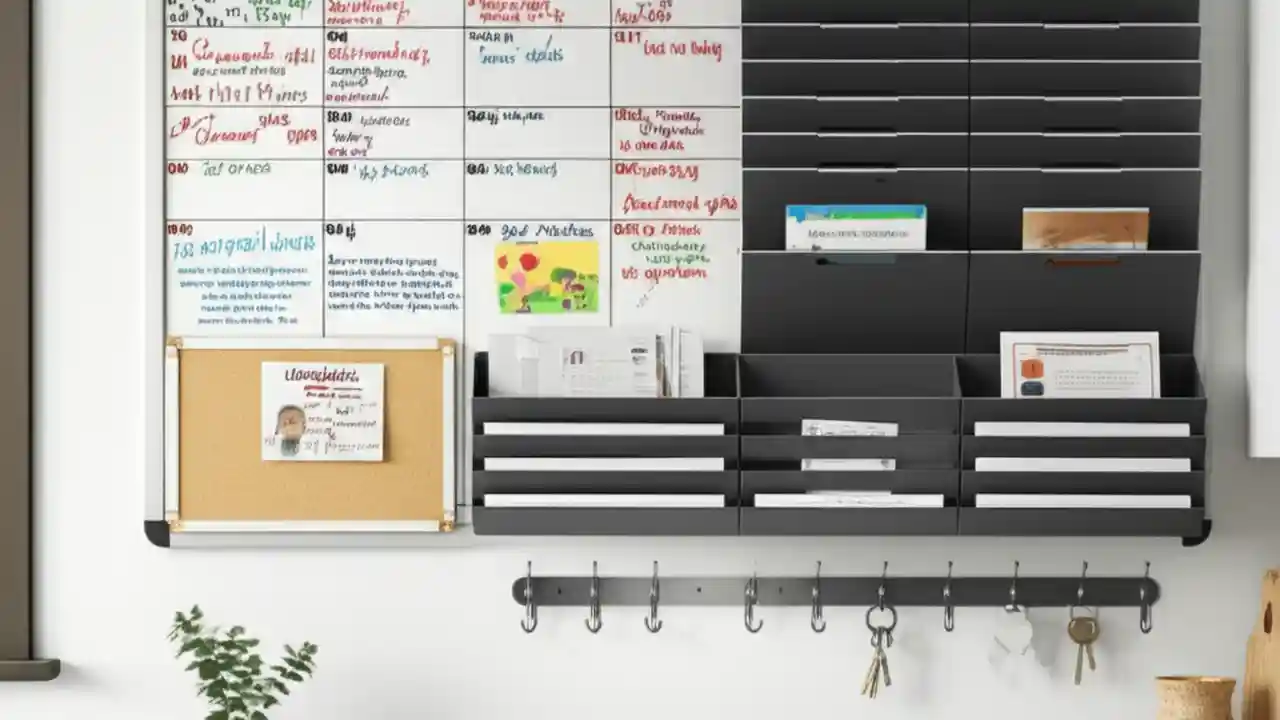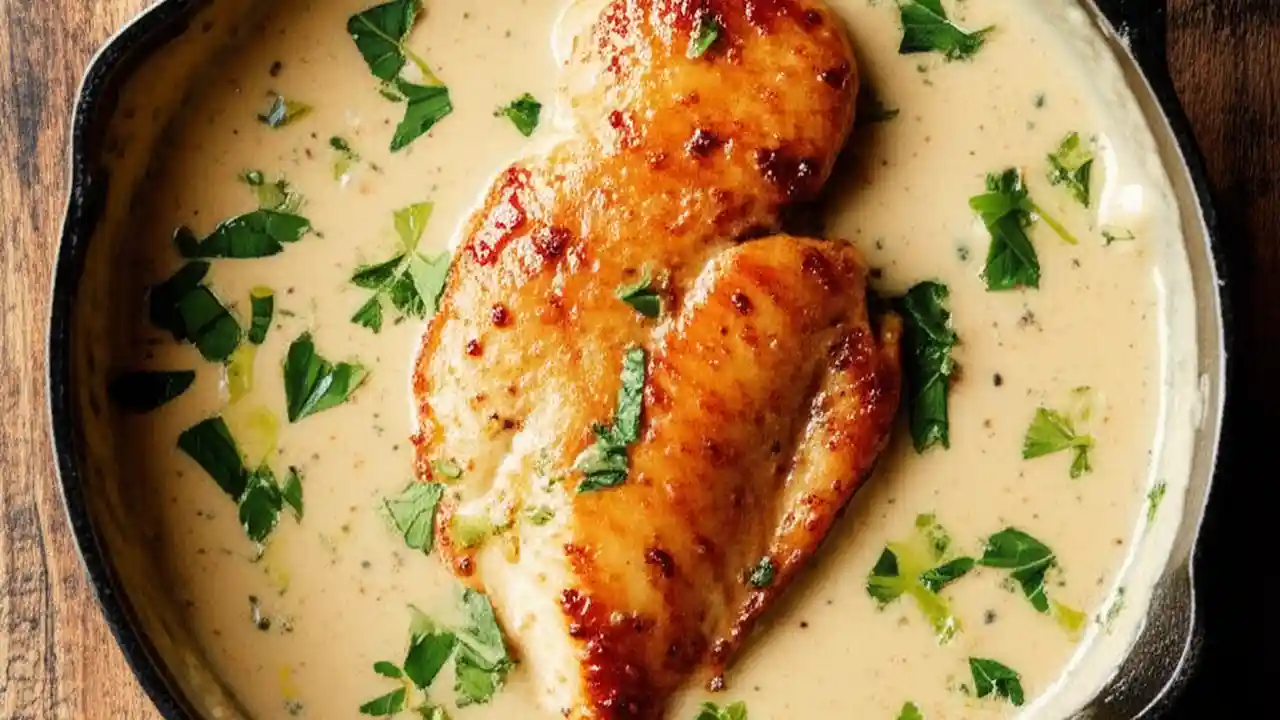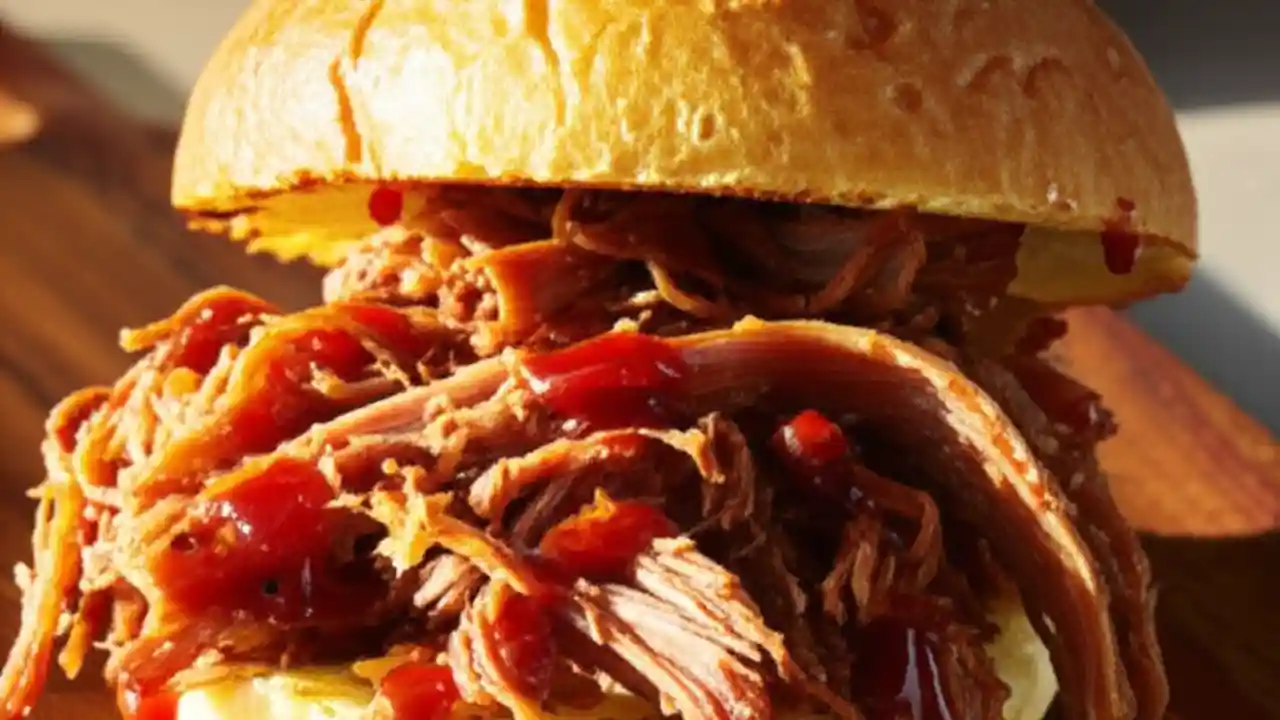Clean eating is simply a lifestyle focused on consuming whole, minimally processed foods as close to their natural state as possible. It’s less about a strict diet and more about being mindful of the journey your food takes from its origin to your plate. Think fresh fruits and vegetables, lean proteins, and whole grains instead of packaged, refined, or artificial products.
If you’ve ever felt overwhelmed by complicated diet rules, you’re in the right place. This guide is designed to demystify clean eating. We’ll explore exactly what to eat on a clean diet, provide a simple clean eating meal plan to get you started, and show you how to embrace this approach without feeling deprived or breaking the bank. Let’s dive into how you can feel more energized and vibrant, one whole food at a time.
Table of Contents
Understanding the Core of Clean Eating
Before we jump into meal plans and grocery lists, it’s crucial to grasp the philosophy behind clean eating. It’s not about perfection; it’s about progress and making more conscious choices most of the time. This mindset is what makes it a sustainable lifestyle rather than a short-term fix.
What are the main principles of clean eating?
I like to boil it down to a few simple, memorable principles. If you can keep these in mind when you’re at the grocery store or planning your meals, you’re already on the right track.
- Choose Whole Foods: This is the cornerstone. A whole food is something that hasn’t been heavily processed or refined. An apple is a whole food; apple-flavored fruit snacks are not. A chicken breast is a whole food; chicken nuggets with a 20-ingredient list are not.
- Read Labels: When you do buy packaged foods, become a label detective. The general rule is: the shorter the ingredient list, the better. If you can’t pronounce half the ingredients, it’s probably not a “clean” choice.
- Limit Added Sugars: Pay attention to sugars that are added during processing, like high-fructose corn syrup and cane sugar. Natural sugars in whole fruits are perfectly fine.
- Cook More at Home: When you cook your own meals, you have complete control over what goes into your food. This is the single most effective way to eat clean consistently.
- Listen to Your Body: Clean eating also means paying attention to how food makes you feel. It’s about nourishing your body with what it needs to thrive, not just following a set of external rules.
Is clean eating just another fad diet?
This is a question I hear all the time, and it’s a fair one. We’re constantly bombarded with new diet trends. However, clean eating is fundamentally different. It’s not a “diet” in the traditional sense of restriction for rapid weight loss. There are no calorie counts to obsess over or entire food groups to eliminate without reason.
Instead, it’s an approach to eating that has been around for centuries, long before processed foods filled our supermarket shelves. It’s about returning to a simpler way of eating that focuses on real, nutrient-dense foods. Think of it as a lifestyle framework, not a rigid set of rules. This focus on long-term health and well-being is what separates it from a fleeting fad.
The Foods of Clean Eating: Your Grocery Guide
Okay, let’s get practical. What should you actually put in your shopping cart? The beauty of clean eating is its simplicity. Your plate should be colorful and full of life.
What foods should I eat on a clean diet?
Focus on filling your cart from the perimeter of the grocery store, where the fresh, whole foods usually live. Here’s a quick-glance list to guide you:
- Fruits and Vegetables: All of them! Fresh or frozen, aim for a wide variety of colors. Think leafy greens (spinach, kale), cruciferous veggies (broccoli, cauliflower), berries, apples, and bananas.
- Lean Proteins: Skinless chicken and turkey breast, fish (especially fatty fish like salmon for its omega-3s), eggs, and lean cuts of beef or pork. For plant-based options, think lentils, beans, and chickpeas.
- Whole Grains: Quinoa, brown rice, oats (steel-cut or rolled, not instant packets), barley, and whole-wheat bread and pasta (check for 100% whole grain on the label).
- Healthy Fats: Avocados, nuts (almonds, walnuts), seeds (chia, flax, pumpkin), and olive oil are fantastic sources.
- Dairy or Dairy Alternatives: Plain Greek yogurt, milk, and unsweetened almond or soy milk. Choose full-fat options in moderation, as they often have fewer additives than low-fat versions.
What foods should I avoid or limit?
This isn’t about creating a “bad” food list, but rather identifying foods that don’t align with the principles of providing maximum nourishment. Limiting these will naturally make more room for the good stuff.
- Highly Processed Foods: Think frozen dinners with long ingredient lists, sugary cereals, and packaged snacks like chips and crackers.
- Refined Grains: White bread, white pasta, and white rice have had their fiber and nutrients stripped away.
- Sugary Drinks: Soda, sweetened iced teas, and fancy coffee drinks are often loaded with empty calories and added sugars.
- Added Sugars and Artificial Sweeteners: Look out for them in sauces, salad dressings, and even seemingly “healthy” foods like yogurt and granola bars.
- Unhealthy Fats: Trans fats (often listed as “partially hydrogenated oils”) should be avoided completely. Limit saturated fats found in processed and fried foods.
Do I have to buy everything organic?
This is a common point of confusion and a source of stress for many beginners. The short answer is no, you do not need to buy everything organic to eat clean. While organic farming avoids synthetic pesticides and fertilizers, it can also be expensive.
A practical approach is to use the “Dirty Dozen” and “Clean Fifteen” lists, published annually by the Environmental Working Group (EWG). The Dirty Dozen lists the produce with the highest pesticide residues, so you might prioritize buying these organic. The Clean Fifteen have the lowest, so you can feel more comfortable buying their conventional counterparts.
Remember, eating a conventional apple is far better than eating a processed, packaged snack. Don’t let the organic debate paralyze you. The goal is to eat more fruits and vegetables, period.
Health, Budget, and Practical Benefits
Why go through the effort of changing your eating habits? The benefits extend far beyond just what you see on the scale. It’s about investing in your long-term health and daily well-being.
What are the real benefits of eating clean?
When you shift from processed foods to a diet rich in nutrients, your body responds in incredible ways. Many people I’ve worked with report a wide range of positive changes.
- Increased Energy Levels: Without the highs and lows from sugar and refined carbs, your energy becomes more stable throughout the day.
- Improved Digestion: The high fiber content in whole grains, fruits, and vegetables promotes a healthy digestive system.
- Clearer Skin: Many people notice a reduction in blemishes and a more radiant complexion when they cut out processed junk and sugar.
- Better Mood and Mental Clarity: The nutrients you consume directly impact brain function. A clean diet can help reduce brain fog and support a more stable mood.
- Healthy Weight Management: Clean eating naturally promotes a healthy weight by focusing on nutrient-dense, filling foods, which can reduce overeating.
Is clean eating expensive? How to do it on a budget.
It’s a myth that clean eating has to be expensive. In fact, by cutting out pricey processed foods, takeout, and sugary drinks, many people find they actually save money. It’s all about smart strategies.
Here are some of my go-to tips for eating clean without breaking the bank:
| Strategy | How to Implement It |
|---|---|
| Plan Your Meals | Plan your week’s meals before you shop. This prevents impulse buys and ensures you use everything you purchase, reducing food waste. |
| Buy in Bulk | Items like oats, brown rice, quinoa, and dried beans are much cheaper per unit when bought from the bulk bins. |
| Embrace Frozen Produce | Frozen fruits and vegetables are just as nutritious as fresh (sometimes more so, as they’re frozen at peak ripeness) and are often cheaper and last longer. |
| Cook in Batches | Cook a large batch of chili, soup, or roasted vegetables at the beginning of the week. This saves time and money on lunches and quick dinners. |
| Eat Seasonally | Produce that is in season is more abundant and therefore less expensive. Visit a local farmer’s market for the best deals. |
How to Get Started: Your Practical Action Plan
Theory is great, but action is what creates change. Starting can feel like a huge task, but breaking it down into small, manageable steps is the key to success. You don’t have to change everything overnight.
How do I start clean eating today? A 5-step guide.
Forget the all-or-nothing approach. Start here, and build momentum.
- Make One Small Swap: You don’t have to overhaul your entire pantry. Start with one thing. Swap your sugary morning cereal for oatmeal with berries. Or switch from soda to sparkling water with a squeeze of lemon. Master that one change first.
- Add, Don’t Just Subtract: Instead of focusing on what you *can’t* have, focus on what you can *add*. Make it a goal to add one extra vegetable to your lunch and dinner. This positive framing makes the process more enjoyable.
- Hydrate with Water: Make water your primary beverage. It’s essential for every bodily function, helps you feel full, and is the cleanest drink there is. Carry a reusable water bottle as a constant reminder.
- Plan Just One Meal: If a full week of meal planning seems daunting, just plan tomorrow’s breakfast. Or decide on a healthy, clean dinner you’ll cook tonight. Small, successful plans build confidence.
- Read One Label: The next time you’re at the store, pick up one of your usual packaged items—be it salad dressing, bread, or a sauce—and just read the ingredient list. This simple act of awareness is a powerful first step.
A Sample 3-Day Clean Eating Meal Plan for Beginners
To help you visualize what a clean eating day looks like, here is a simple and delicious 3-day plan. Remember to drink plenty of water throughout the day. Portions can be adjusted based on your individual needs.
| Day | Breakfast | Lunch | Dinner | Snack (Optional) |
|---|---|---|---|---|
| Day 1 | Oatmeal made with water or unsweetened milk, topped with fresh berries and a sprinkle of chia seeds. | Large salad with mixed greens, grilled chicken breast, cucumber, tomatoes, and a simple olive oil and vinegar dressing. | Baked salmon with roasted broccoli and a side of quinoa. | An apple with a handful of almonds. |
| Day 2 | Scrambled eggs (2-3) with spinach and a side of sliced avocado. | Leftover baked salmon, quinoa, and broccoli from last night’s dinner. | Lentil soup (homemade or low-sodium, from a can) with a slice of 100% whole-grain toast. | Plain Greek yogurt with a drizzle of honey. |
| Day 3 | Smoothie made with unsweetened almond milk, a scoop of plain protein powder, a banana, and a handful of spinach. | Quinoa bowl with black beans, corn, chopped bell peppers, and a lime-cilantro dressing. | Lean ground turkey stir-fry loaded with vegetables like bell peppers, onions, and snap peas, served with brown rice. | Baby carrots with hummus. |
Clean Eating vs. Paleo vs. Keto: What’s the Difference?
It’s easy to get these popular diets confused, as they share some similarities, like discouraging processed foods. However, their core rules and philosophies are quite different. Here’s a quick comparison.
| Aspect | Clean Eating | Paleo | Keto (Ketogenic) |
|---|---|---|---|
| Core Philosophy | Focus on whole, unprocessed foods. It’s a flexible lifestyle framework. | Eat like our hunter-gatherer ancestors. Excludes foods that emerged with farming. | High-fat, very low-carb diet designed to put the body into a state of ketosis. |
| Grains Allowed? | Yes, as long as they are whole grains (oats, quinoa, brown rice). | No. All grains are excluded. | No. Grains are too high in carbs. |
| Legumes Allowed? | Yes. Beans, lentils, and chickpeas are encouraged. | No. Legumes are excluded. | No. Legumes are too high in carbs. |
| Dairy Allowed? | Yes, in moderation (e.g., plain yogurt, milk). | No. Dairy is excluded. | Yes, but only high-fat dairy like cheese, butter, and heavy cream. |
| Main Goal | Overall long-term health, wellness, and nutrient intake. | Reduce inflammation and mimic an ancestral diet for health benefits. | Force the body to burn fat for fuel instead of glucose (ketosis). |
Conclusion
Embracing clean eating is one of the most powerful things you can do for your health, and it doesn’t have to be complicated. At its heart, it’s a simple, intuitive return to real food. By focusing on whole, nutrient-dense ingredients and limiting the processed stuff, you’re not just eating—you’re nourishing your body from the inside out. Remember, this is a journey, not a race. Start small, be consistent, and listen to your body.
If you found this guide helpful, please consider sharing it with a friend or family member who is curious about starting their own journey to a healthier, more vibrant life!







